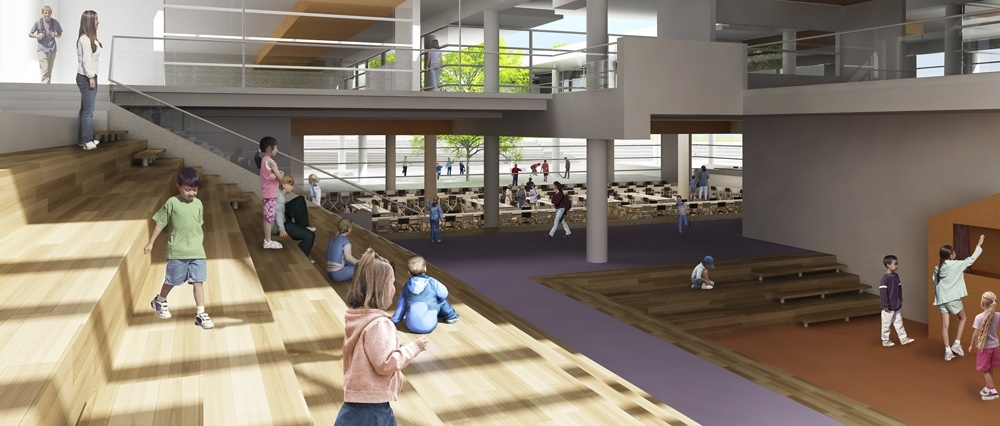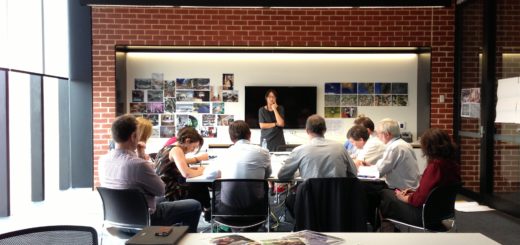What do we mean when we talk about flexible spaces?

In this guest post Adam Wood asks … If a learning space is flexible, does that mean it always is? for everyone? irrespective of the education system it exists in? Are all forms of flexibility good?
A recent chapter I wrote explores what this thing that we call “flexibility” is, and what it means to say a space has it. “Selling New Learning Spaces – Flexibly Anything for the 21st Century”, is in Leon Benade and Mark Jackson’s edited collection, Transforming Education: Design, Technology, Government and problematizes flexibility by exploring and clarifying some difficulties with the term. The chapter also provides some ways forward. Here I focus on the problems:
- A definitional problem of flexibility: Torin Monahan argues that flexibility is a popular term in architecture literature “because it embodies the plasticity that it seeks to describe” (2002:online). However, ambiguity is challenging: if we lack a common idea of what flexibility consists of, or who or what can be flexible, or over what kind of timescales we mean spaces to be flexible, we are talking about different things. This leads to a further problem, namely…
- A conceptual problem of flexibility. We have a responsibility to explain how (rather than assume) the things we say are flexible are capable of being so. I argue that flexibility is produced by people’s work in interaction with particular environments but depends on their access to (and capabilities of mobilising) a wide range of resources [1]. This matters (for ethical and political reasons) but also because it further risks…
- Epistemological and methodological problems of flexibility. How can we recognise and go about researching flexibility if we don’t have (fairly) clear ideas of what it is? If we build with the assumption that spaces can be flexible, we mistakenly look to space to solve problems of adaptability that are often human in nature – social, cultural, educational and indeed political.
- Normative problems of flexibility. Flexibility is often treated as a “good thing” yet the concept has been critiqued by many, for different reasons. For example, Herman Hertzberger who is one of the most experienced architects of schools in the world has been busy trying to illustrate some of the problems with “flexibility” since the 1960s. (He also provides an alternative – see his 2014 article on polyvalence). Hertzberger reminds us that flexibility is a political and ethical issue: “The greater flexibility of action inherent in a greater [architectural] flexibility mainly concerns the organization, in other words the work. Whether this greater freedom has anything to offer the people who have to do the work is doubtful” (Hertzberger, 2000:94). For an excellent review of flexibility’s treatment in architectural discourse, see pp142-148 in Forty, 2004. For a critique of flexibility in relation to its neoliberal promise, see Richards and Clarke, 2002 and pp133-7 in Spencer, 2016.
These then are some of the problems. But it’s not all critique! Critical can mean acknowledging problems to clear the path for more viable improvements and my chapter does try to do that. Free-to-access, pre-print versions of it are available on Open Science Framework and Academia.edu. It’s also great to see an understanding of flexibility derived from how teachers understand it to “happen” in ILETC’s latest report p. 20.
[1] For more on this argument, my thesis may be of interest.
Dr Adam Wood is a Visiting Postdoctoral Researcher at the University of Florence, Italy until October 2018 and then Monash University, Australia until April 2019. He runs architectureandeducation.org (with Emma Dyer) and is interested in the politics and policies of educational spaces. He tweets as: @woodadam_



